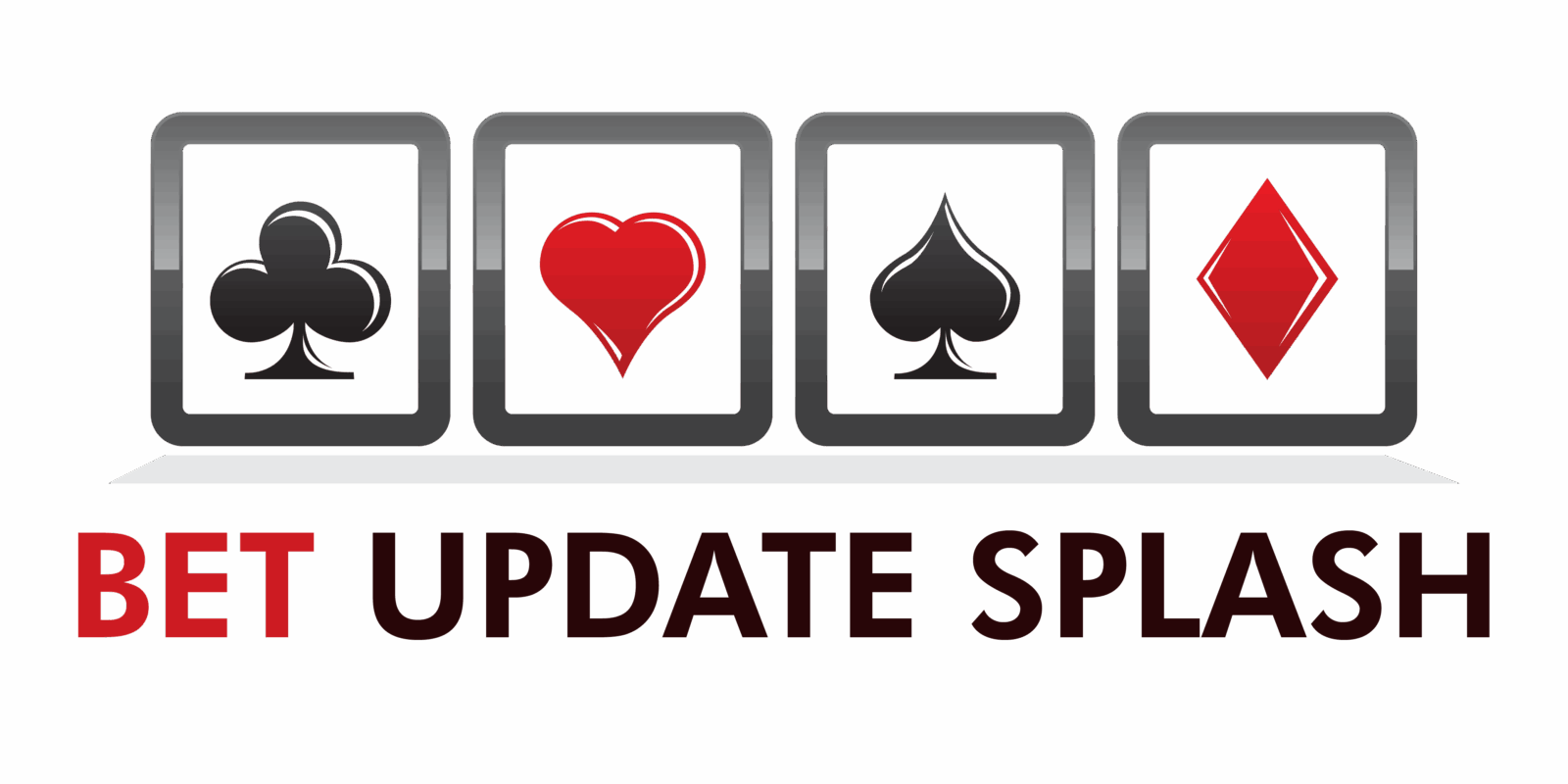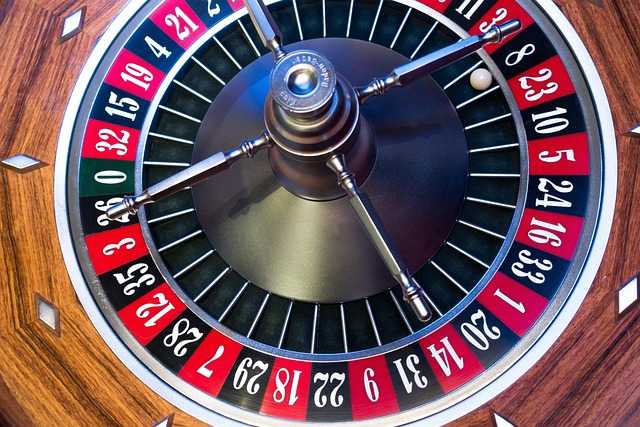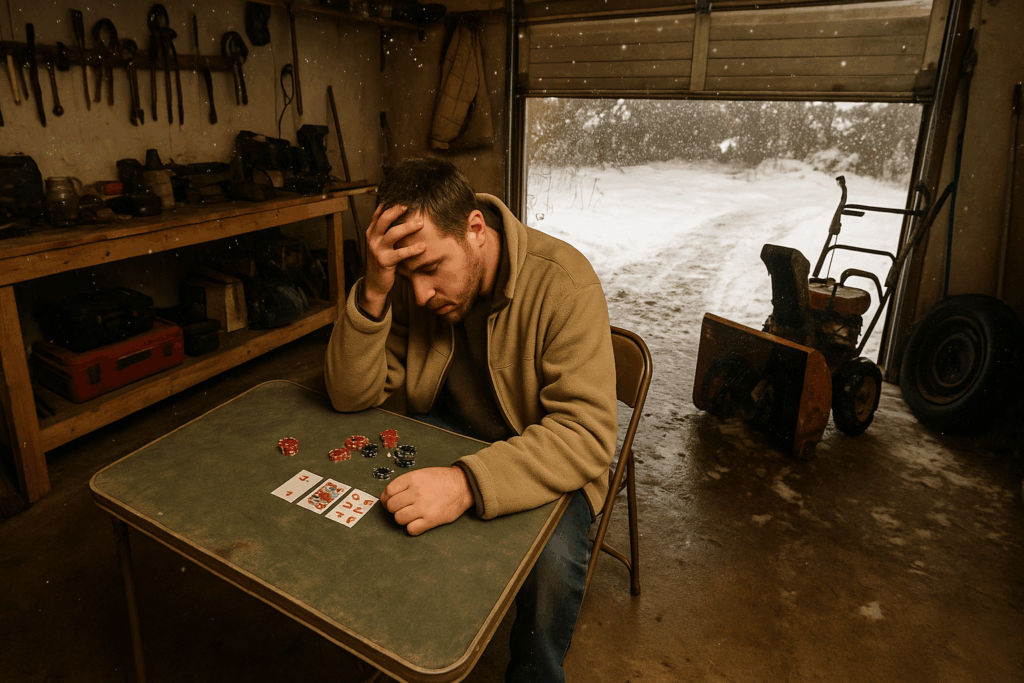Introduction: What Is Self-Exclusion?
Self-exclusion is a voluntary program that allows individuals to restrict their access to gambling services. It’s designed as a preventative measure for those who recognize that their gambling habits may be spiraling out of control—or may soon reach that point.
What Is Self-Exclusion?
At its core, self-exclusion means asking a gambling operator to ban you from their services. Once enrolled, the individual agrees not to participate in any activities the gambling venue or platform offers, whether online or in person. Operators, in turn, commit to enforcing that restriction across their systems.
- Individuals enroll voluntarily
- The ban applies to gambling activities across selected platforms or venues
- Can be implemented online, at physical locations, or both
Who Is It For?
Self-exclusion isn’t just for individuals facing severe gambling issues. It’s also a proactive step for those who:
- Notice early signs of unhealthy gambling patterns
- Are recovering from past gambling problems
- Want to prevent a relapse
- Seek external boundaries to support personal goals
When Does It Become Necessary?
There’s no universal rule, but certain warning signs indicate self-exclusion may be a helpful next step:
- Increasing time or money spent on gambling
- Difficulty stopping despite repeated attempts
- Feelings of guilt, stress, or anxiety after betting
- Gambling as a way to escape problems
Why Voluntary Control Matters
Self-exclusion reinforces self-awareness and autonomy. In addiction prevention, the most effective tools are often the ones people choose for themselves. By making the decision to limit access, individuals take the first step toward:
- Regaining control over their choices
- Reducing the temptation of compulsive behavior
- Creating space for honest self-reflection and healing
It’s worth emphasizing: choosing to self-exclude is a sign of strength—not shame. It marks a powerful acknowledgment that support, structure, and limits are sometimes the best safeguards for long-term mental and emotional health.
How Self-Exclusion Programs Work
Signing up for a self-exclusion program isn’t complicated, but it does require a real decision. Most platforms or casinos—both physical and online—have a streamlined process. You fill out a request form, show ID, and in some cases, have a short meeting with staff to confirm your intent. Depending on the jurisdiction, you might also need to provide a recent photo. The idea is to make it intentional, but not a bureaucratic nightmare.
When it comes to duration, users typically choose between short-term bans (like 6 months or 1 year) and long-term or permanent exclusions. Some platforms allow flexibility to extend or renew bans, but ending a long-term block early usually isn’t an option. That’s the point—it’s meant to keep you from making impulsive reversals.
Enforcement has gotten sharper too. Casinos maintain internal watchlists and share data across networks in some regions. Online platforms use account flags, facial recognition tech, and even payment tracing to prevent banned individuals from creating new accounts. It’s not foolproof, but the tech is catching up, and most major operators take it seriously. When someone opts out, the system is built to honor that boundary.
The Psychology Behind Self-Exclusion
Addiction feeds on easy access. That moment when the urge hits and gambling is one click away—that’s the danger zone. Self-exclusion breaks that loop. By cutting off access, you’re interrupting the automatic behavior that leads to a relapse. No easy hit means fewer automatic responses. It’s not magic, it’s pure disruption.
There’s a myth that willpower alone should be enough. It isn’t. Willpower is a limited resource, and addiction knows how to wait it out. Environment plays a heavier role than most people like to admit. If the options aren’t in front of you, there’s a greater chance you won’t chase them. Removing the trigger matters more than flexing personal strength for the hundredth time.
Once the option is gone, there’s an odd relief—like you’ve finally stepped off a treadmill you didn’t realize you were on. Boundaries clear mental clutter. You stop spending energy just resisting. Instead, you can start actually working on things that help. Clear lines make it easier to think, easier to breathe, and maybe even easier to heal.
Success Rates and Real-World Impact
Numbers tell part of the story. Several studies show that self-exclusion can significantly reduce the risk of relapse. A 2022 review published in the Journal of Gambling Studies found that self-excluders were up to 70% less likely to engage in problem gambling over a 12-month period, compared to those who didn’t use the tool. Most effective programs paired the exclusion with optional support services like counseling or financial planning.
But numbers aside, the strongest case for self-exclusion comes from the people on the ground. Take Jason, a 38-year-old HVAC tech in Ontario. After years of struggling with online slots, he signed up for a province-wide self-exclusion program. It didn’t magically fix everything, but it gave him a clean break and the breathing room to sort out his finances and start therapy. A year later, he hasn’t relapsed—and credits the block for buying him time.
Or Maria, a retail worker in her late 20s who struggled with sports betting apps. She self-excluded after three maxed credit cards and a wake-up call from her little brother. The ban helped her rebuild trust at home. But she’s quick to admit self-exclusion isn’t a cure. “You still have to do the work,” she says.
And she’s right. Self-exclusion isn’t a silver bullet. It cuts access, not cravings. It doesn’t resolve debt, trauma, or the deeper issues behind compulsion. Some users find loopholes or switch platforms. Others expect too much too fast. Without follow-up—therapy, community, spending safeguards—the risk of relapse stays real.
Still, for many, it’s the first domino. A way to break the loop. And sometimes that’s all someone needs to get moving again.
Integration with Broader Recovery Strategies
Self-exclusion is a great first move—but it shouldn’t be the only one. Relying on it alone is like putting up a roadblock but leaving the rest of the map unchanged. To make real progress, it needs to be part of a larger system of support. That means coupling it with therapy, especially cognitive behavioral therapy (CBT), and joining support groups where people share honest, unpolished versions of their recovery journey. These connections build resilience and accountability in ways tech limits can’t.
Money management tools also play a critical role. Apps like budgeting trackers or spending limiters can help flag old habits before they take over. When paired with an accountability partner—a friend, a mentor, a sponsor—they serve as a financial gut check, especially when cravings strike. The goal isn’t just avoiding gambling; it’s rebuilding trust with your own decision-making.
Then there’s the digital side: browser blockers, app restrictions, and habit-tracking software that gives you a daily read on your wins and warning signs. The best tools are quiet, consistent, and flexible—more coach than cop.
No single tool solves everything, but layering strategies increases the odds in your favor. For more practical ideas, check out Practical Tips for Maintaining a Healthy Gambling Habit.
The Future of Self-Exclusion
Self-exclusion is no longer stuck with clunky forms and phone calls. The future is faster—and smarter. Advances in tech are making self-banning harder to bypass. Biometric tools like face recognition and fingerprint ID are already being piloted by some gambling platforms. AI-driven behavior tracking is another big step—these systems can flag risky patterns before users even hit a tipping point.
Beyond tech, coordination is tightening up. Multi-operator programs are expanding, letting individuals block themselves from multiple platforms with a single request. Some regions are even building out global self-ban networks, meaning one decision can travel across borders.
But none of this works without trust. Users want to know where their data goes and who’s watching. That’s why transparency and control are becoming standard. More platforms now offer clear dashboards, user-managed settings, and alerts about reactivation attempts. It’s not just about locking doors—it’s about letting people see the lock, the key, and who holds both.
Final Thoughts: Empowerment Through Boundaries
Pulling the plug on access to gambling isn’t a failure—it’s a deliberate act of clarity. Self-exclusion isn’t surrender. It’s a statement that someone understands their patterns and wants change on their own terms. In a world where impulse is easy and constant, setting hard lines takes grit.
These programs are more than just digital fences. They’re tools that can protect mental health for the long haul. By stepping away, people give their brains and bodies time to quiet the noise, rebuild their habits, and focus on recovery. It creates space for reflection and structured support—two things that don’t thrive in chaotic betting cycles.
Deciding to self-exclude doesn’t solve everything. But it does start something. It sets a foundation to build better habits, one choice at a time. Change rarely happens overnight. But no one ever gets anywhere without making that first serious move. This is that move.


 As a content writer of BetUpdateSplash Steven Riverswanser specializes in blending technology with sports strategy. With years of experience in digital platforms and predictive analytics, Steven contributes fresh ideas to keep the site ahead of betting trends. His writing combines tech-driven accuracy with an approachable style that helps readers understand the fast-changing world of sports betting.
As a content writer of BetUpdateSplash Steven Riverswanser specializes in blending technology with sports strategy. With years of experience in digital platforms and predictive analytics, Steven contributes fresh ideas to keep the site ahead of betting trends. His writing combines tech-driven accuracy with an approachable style that helps readers understand the fast-changing world of sports betting.

